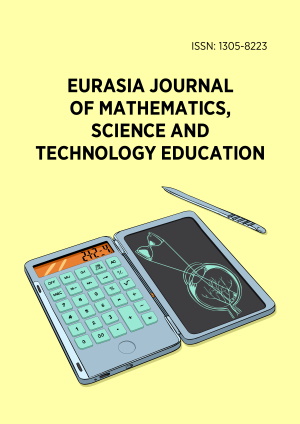Abstract
The study investigated the impact of the integrated instructional approach on plane geometry learning using a mixed research method and quasi-experimental design on the three purposefully selected secondary schools. The researcher collected data using pre-post-tests, engagement Likert scale, observation, and interview and analyzed using ANCOVA, paired sample t-tests, and regression analysis. The intervention resulted in significant pre-post-test mean differences in experimental groups but not in the control group and showed significant differences between groups’ post-intervention results. Experimental group I showed an improvement compared to the two groups. After controlling the pre-test, the integrated approach contributed 13.1%, 14.8%, and 28.24% of the variability on concept understanding, problem-solving ability, and engagement, respectively. Student engagement and conceptual understanding jointly predict problem-solving ability in all groups, with the model explaining 63.1%, 54.4%, and 38% of the variance in Experimental group I, Experimental Group II, the control group, respectively. The researcher concluded the integrated instruction significantly improved plane geometry learning and recommended its application for teachers and other stakeholders.
License
This is an open access article distributed under the Creative Commons Attribution License which permits unrestricted use, distribution, and reproduction in any medium, provided the original work is properly cited.
Article Type: Research Article
EURASIA J Math Sci Tech Ed, Volume 21, Issue 5, May 2025, Article No: em2634
https://doi.org/10.29333/ejmste/16391
Publication date: 20 May 2025
Article Views: 4222
Article Downloads: 7372
Open Access References How to cite this article
 Full Text (PDF)
Full Text (PDF)